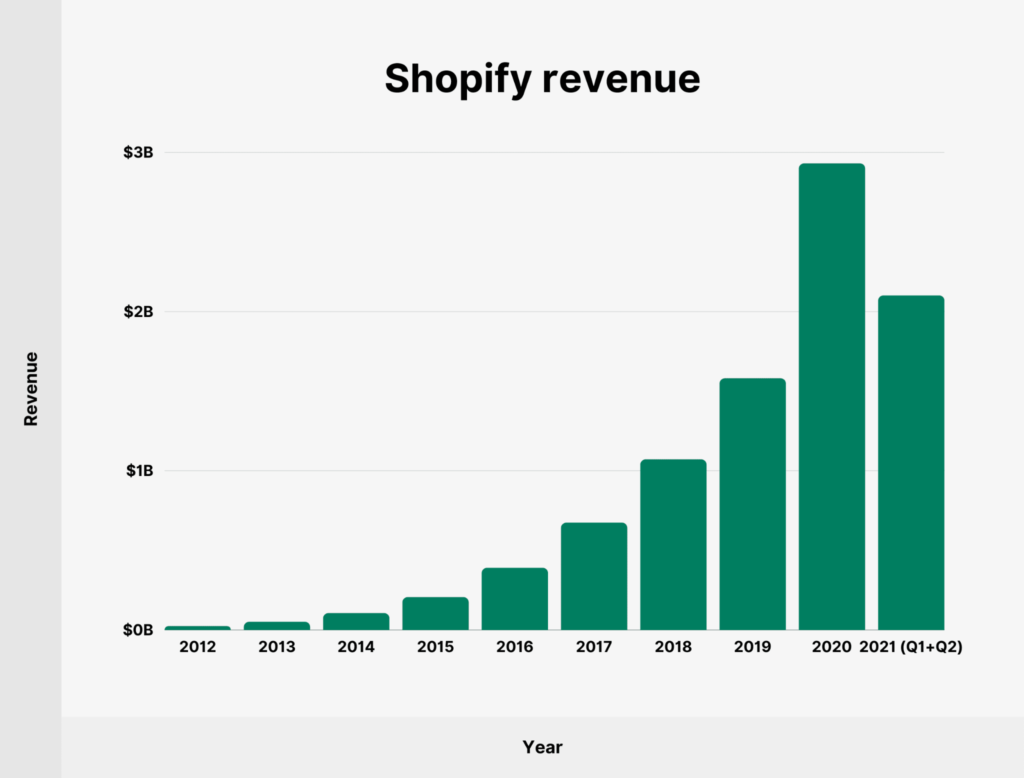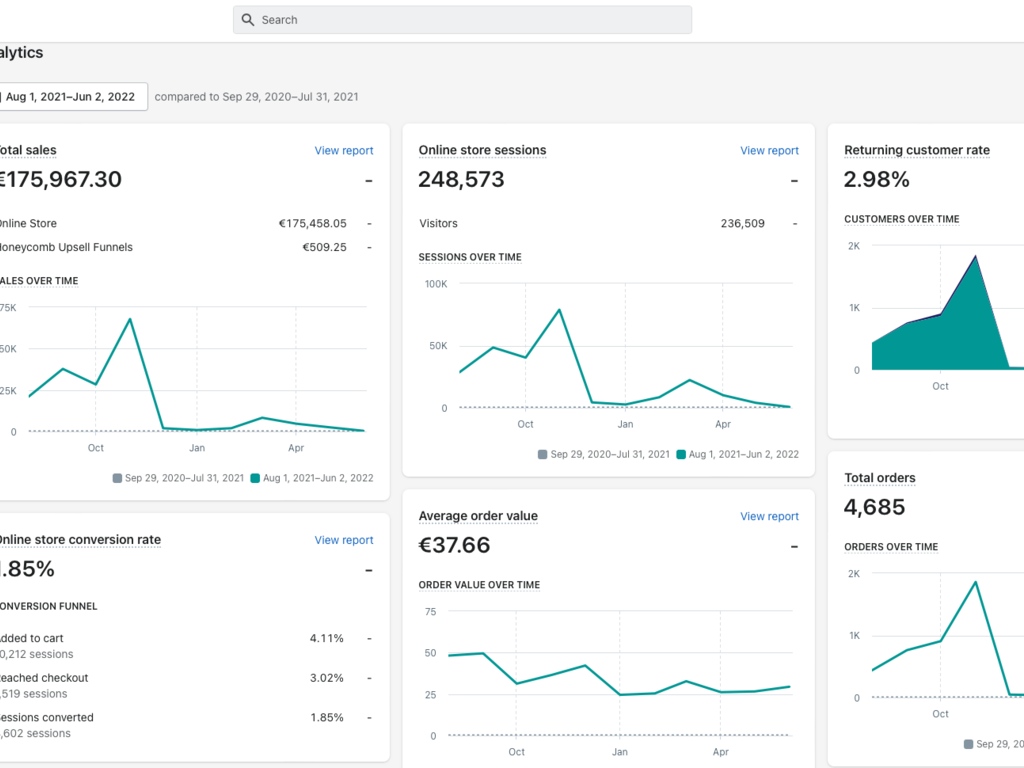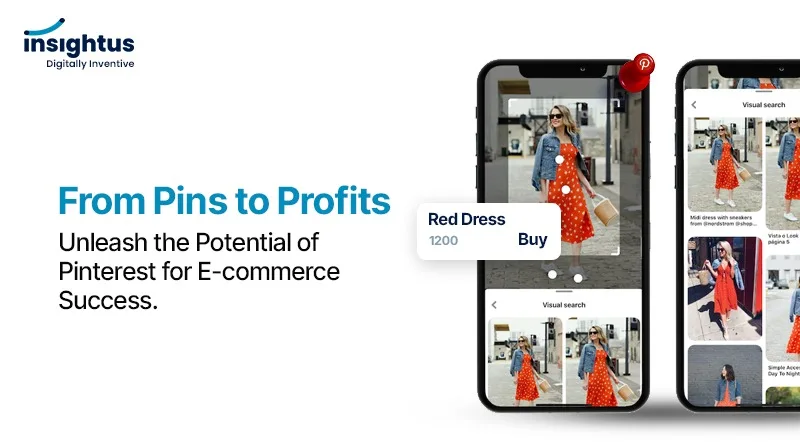The Ultimate Guide to Boosting E-commerce Sales with Advanced SEO Tactics
This is like having a map to find a hidden treasure. Just like the map helps you reach the treasure easily, SEO helps potential customers find your online store effortlessly. Let me explain this with a simple example. Imagine you have an online store selling handcrafted candles. You put a lot of effort into creating beautiful and unique candles, but your store is not showing up on search engines like Google when people look for “handmade candles” or “decorative candles.” This means your potential customers don’t even know your store exists. Now, let’s say you start using SEO techniques. You research the right keywords that people commonly use when searching for candles. Instead of just naming your products “Candle A” or “Candle B,” you optimize the product titles with keywords like “Handmade Lavender Scented Candle” or “Decorative Soy Wax Candle.” This way, when someone searches for these specific keywords, your store has a better chance of showing up in the search results. SEO also helps you improve your website’s structure, making it easier for search engines to understand what your store is all about. You organize your products into relevant categories and create a clear navigation system. This not only helps search engines index your site better but also improves the user experience for your customers. With proper SEO, your online store becomes more visible to potential customers who are actively looking for what you offer. Here is a Step by Step Guide on how to do SEO for Ecommerce. 01. Conduct Comprehensive Keyword Research Step 1: Brainstorming Seed Keywords For our example, seed keywords could include “organic skincare,” “natural beauty products,” “chemical-free skincare,” and “vegan cosmetics.” Step 2: Using Keyword Research Tools Next, use keyword research tools like Google Keyword Planner, Ubersuggest, or Moz Keyword Explorer to expand your list. For Example, when you input “organic skincare,” you might find keywords like “best organic face cream,” “organic body lotion,” and “natural anti-aging serums.” Step 3 : Analyzing Keyword Metrics Focus on metrics like search volume (average monthly searches), competition (how many other websites are targeting the same keyword), and relevance to your products. Step 4: Understanding User Intent For example, if a keyword is “how to care for sensitive skin,” users might be seeking information rather than buying products. Prioritize keywords that demonstrate commercial intent, such as “buy organic sunscreen online.” Step 5 : Competitor Keyword Analysis Tools like SEMrush or Ahrefs can help with competitor research. Identify gaps in their keyword strategy and find unique keywords that your competitors might be overlooking. Step 6: Using Keywords in Website Elements Implement the chosen keywords strategically throughout your website. Use them in product titles, meta descriptions, heading tags (H1, H2, etc.), product descriptions, and image alt tags. 02. Optimize product pages Optimizing product pages for search engines means making your product listings more appealing and understandable to search engines like Google, so they can rank your pages higher in search results. For example, let’s say you have an e-commerce website selling organic skincare products, and one of your products is a “Vitamin C Serum.” To optimize this product page, you can: 1. Craft a compelling product title and meta description: Use clear and relevant keywords in the title, like “Organic Vitamin C Serum for Glowing Skin,” and write an engaging meta description that explains the benefits of the product. 2. Write a unique and informative product description: Create a detailed description of the product, highlighting its key features, ingredients, and how it benefits the skin. Avoid using generic manufacturer descriptions. 3. Implement structured data: Add structured data markup (e.g., Schema.org) to your product page to provide search engines with specific information about the product, such as its price, availability, and reviews. 4. Leverage customer reviews for SEO: Encourage customers to leave reviews for the Vitamin C Serum. Positive reviews not only build trust with potential buyers but also serve as valuable user-generated content that search engines consider when ranking your page. 03. Technical SEO for E-commerce Technical SEO for E-commerce Websites refers to the process of optimizing the technical aspects of a website to improve its search engine visibility and performance. One important aspect of technical SEO for E-commerce is ensuring that the website is mobile-friendly. Many people shop online using their smartphones, so having a mobile-friendly website is crucial. For example, imagine a customer searching for a new pair of shoes on their phone. If the E-commerce website they land on is not optimized for mobile, the text may be too small to read, and buttons might be too close together, making it frustrating for the customer to browse and make a purchase. As a result, they might leave the website and look for another store with a better mobile experience, leading to a loss in potential sales. Another important element of technical SEO is site speed optimization. If an E-commerce website takes too long to load, visitors are likely to get impatient and leave. For Example, consider a customer searching for a specific electronic gadget online. If they click on a website that takes forever to load, they will probably lose interest and go back to the search results to find a faster website. Therefore, optimizing site speed by compressing images, leveraging browser caching, and using Content Delivery Networks (CDNs) can significantly improve the user experience and increase the chances of converting visitors into customers. 04. Local SEO for E-commerce Businesses: Local SEO for e-commerce businesses is all about optimizing your online store to attract customers from specific geographic areas. It helps local customers find your products or services when they search for them online. Example: Let’s say you own an online store that sells handmade jewelry. You want to attract customers from your city or nearby areas. 1. Google My Business (GMB) Listing: You create a Google My Business listing for your jewelry store. You provide accurate and up-to-date information about your business, such as your store name, address, phone number, and website. When local customers
The Ultimate Guide to Boosting E-commerce Sales with Advanced SEO Tactics Read More »











